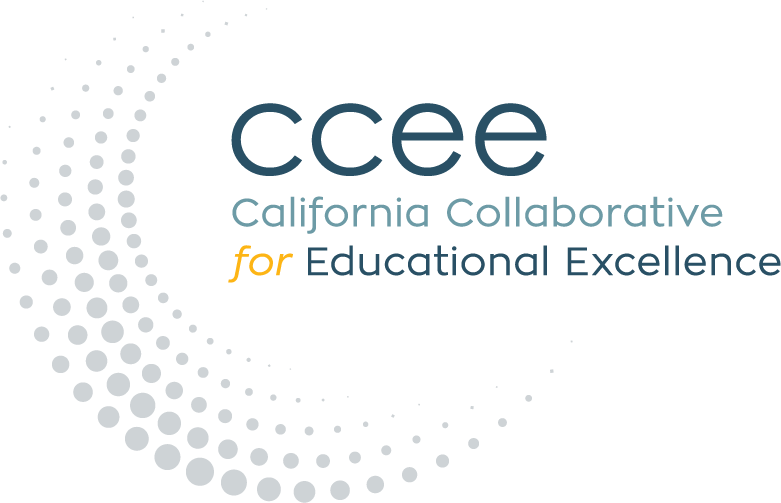Chronic Absenteeism poses a significant challenges in California. This Hot Topic highlights successful strategies from the CCEE Bright Spots Fact Sheet and Attendance Works to address this issue effectively.
Key Highlights from CCEE Bright Spots:
- Supportive Leadership: Principals lead cross-departmental teams to tackle attendance barriers.
- Strategic Data Use: Real-time attendance data drives proactive support for students and families.
- Building Trust: Developing trusting relationships between schools and families fosters a supportive environment.
- Clear Guidance: Clear health and attendance guidelines help reduce health-related absences.
Key Strategies from Attendance Works:
- Identify Barriers: Use data to identify and address systemic barriers affecting attendance.
- Understand Root Causes: Analyze factors contributing to absenteeism using qualitative and quantitative data.
- Targeted Interventions:
- Safe Routes: Ensure safe routes to school to mitigate neighborhood dangers.
- Classroom Breakfast: Implement breakfast programs to improve attendance.
- Afterschool Programs: Provide access to quality afterschool programs.
- Recess Programs: Utilize recess interventions to reduce behavioral issues
Call to Action: Review the findings from the Bright Spots Fact Sheet and Attendance Works resources. Implement these strategies to foster an environment that supports regular attendance and academic success.
For more information, refer to the Bright Spots Fact Sheet and Attendance Works Guide.
If you have any questions about CCEE and how to engage with our resources and professional learning opportunities, please visit our website. Stay Ahead in Education! 📚 Check out our Podcast Rising from the Margins, Statewide System of Support Directory, and Friday 5! Join CCEE’s ListServ & Calendar Updates to Never Miss an Event. Sign Up Now for Limitless Learning Opportunities. 🌟 #CCEEConnections”

